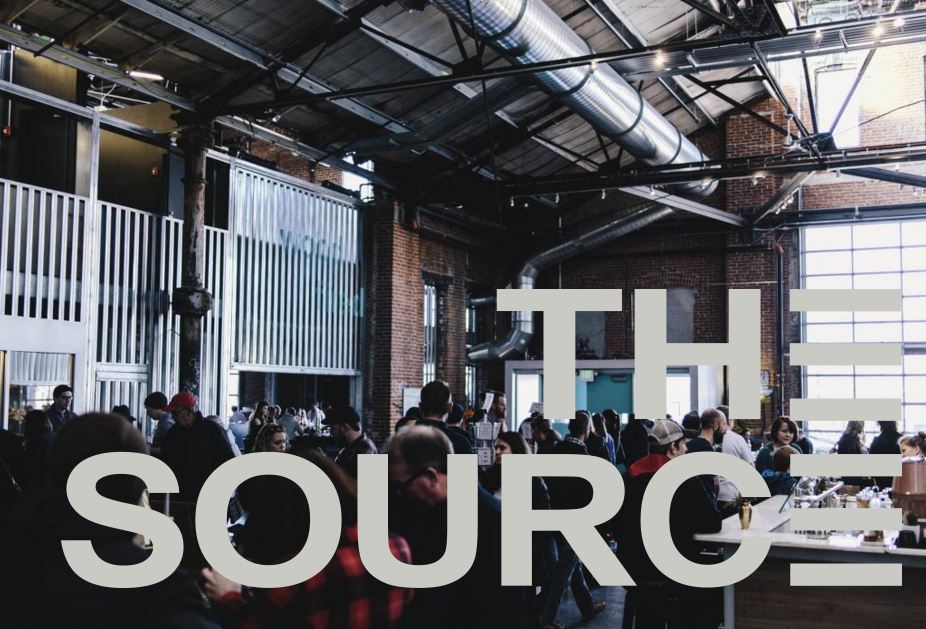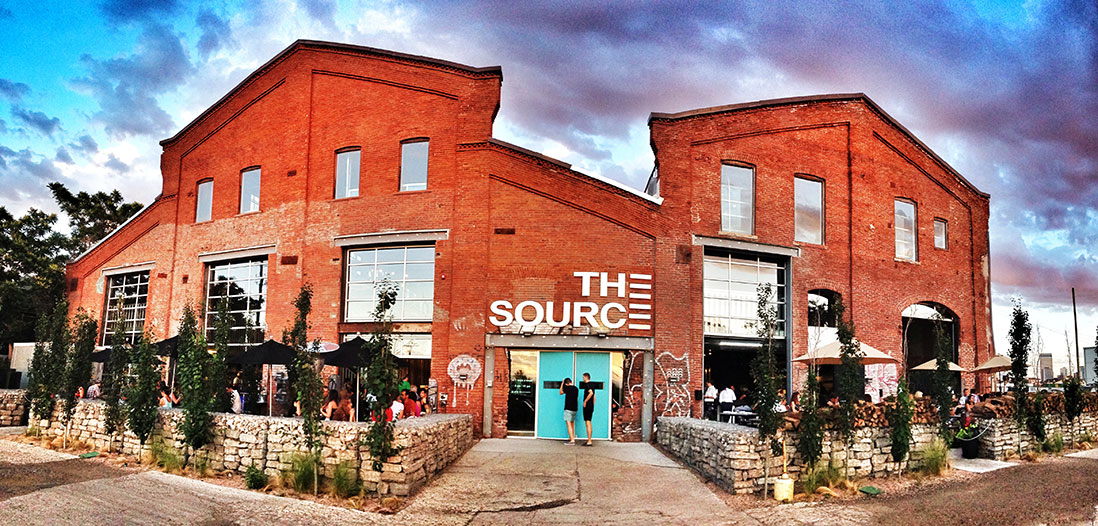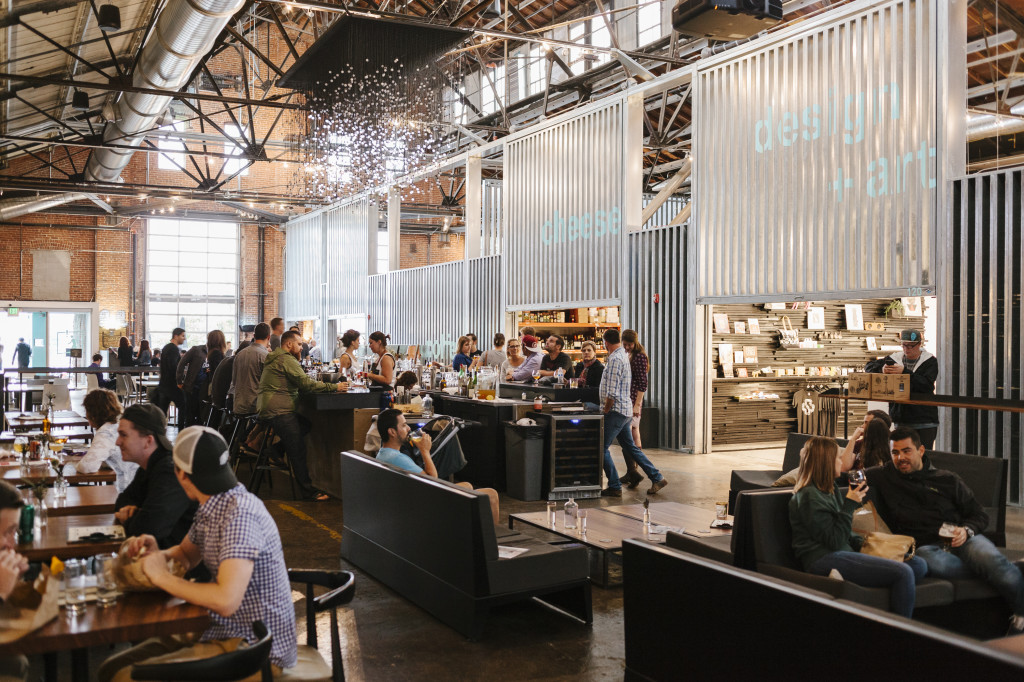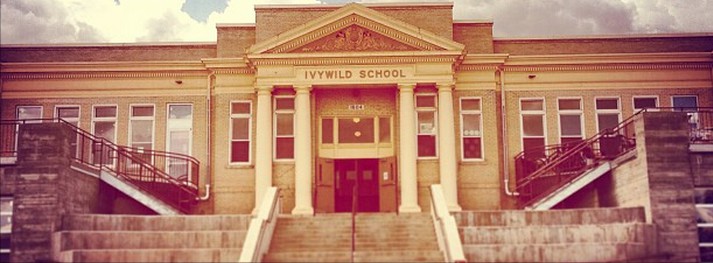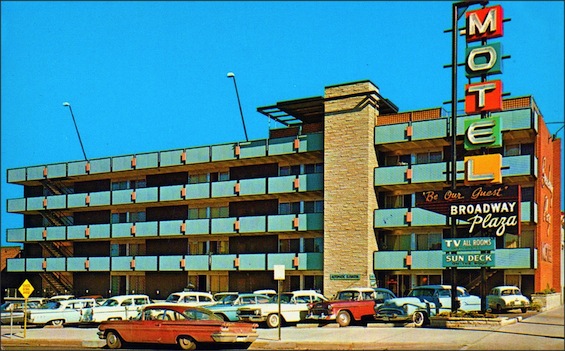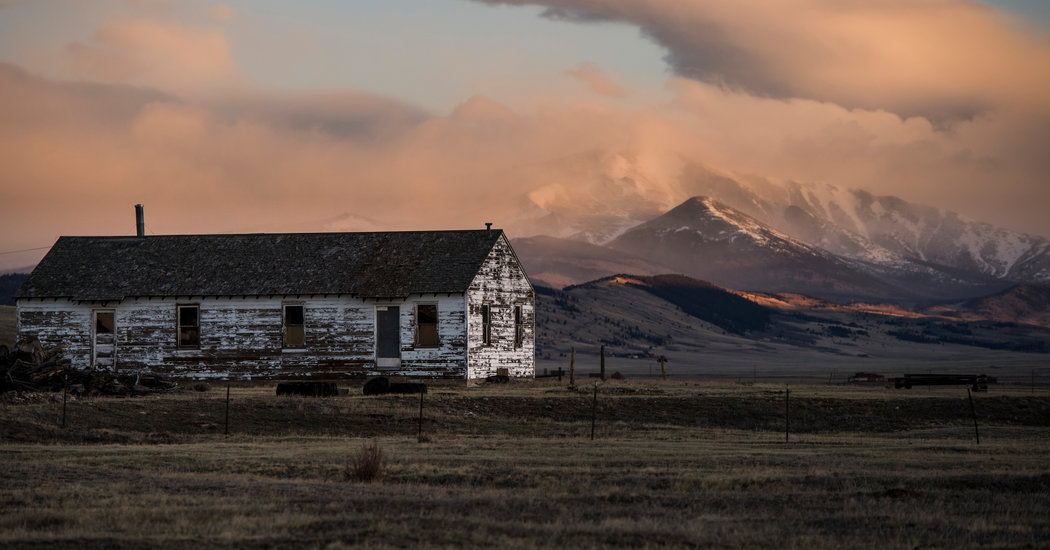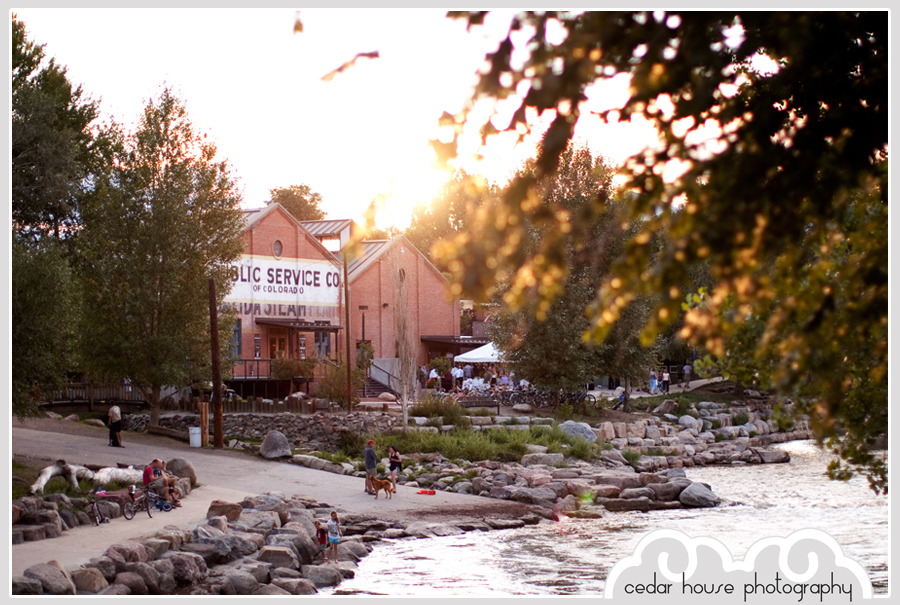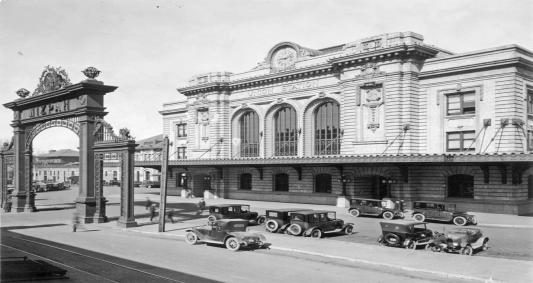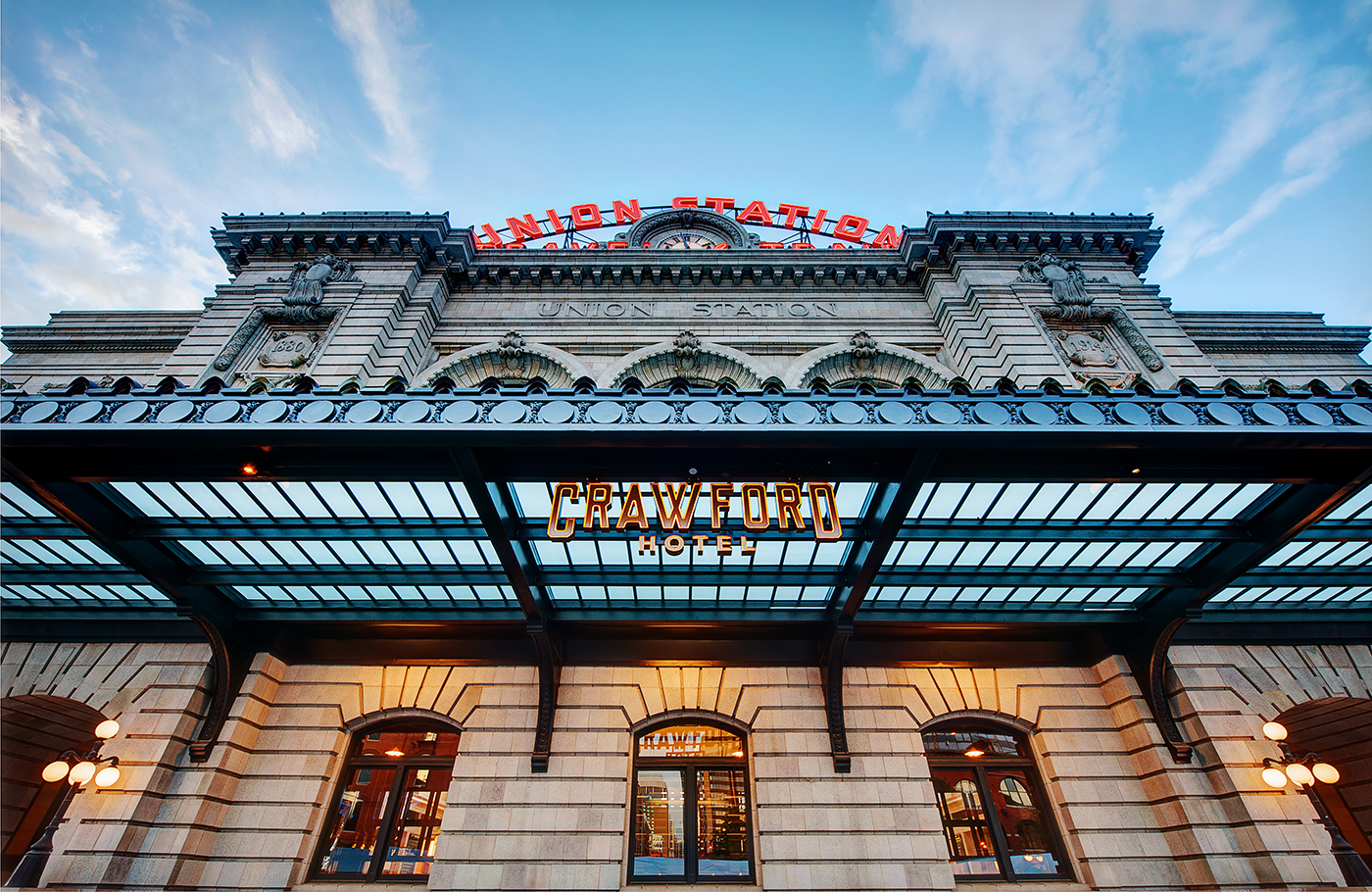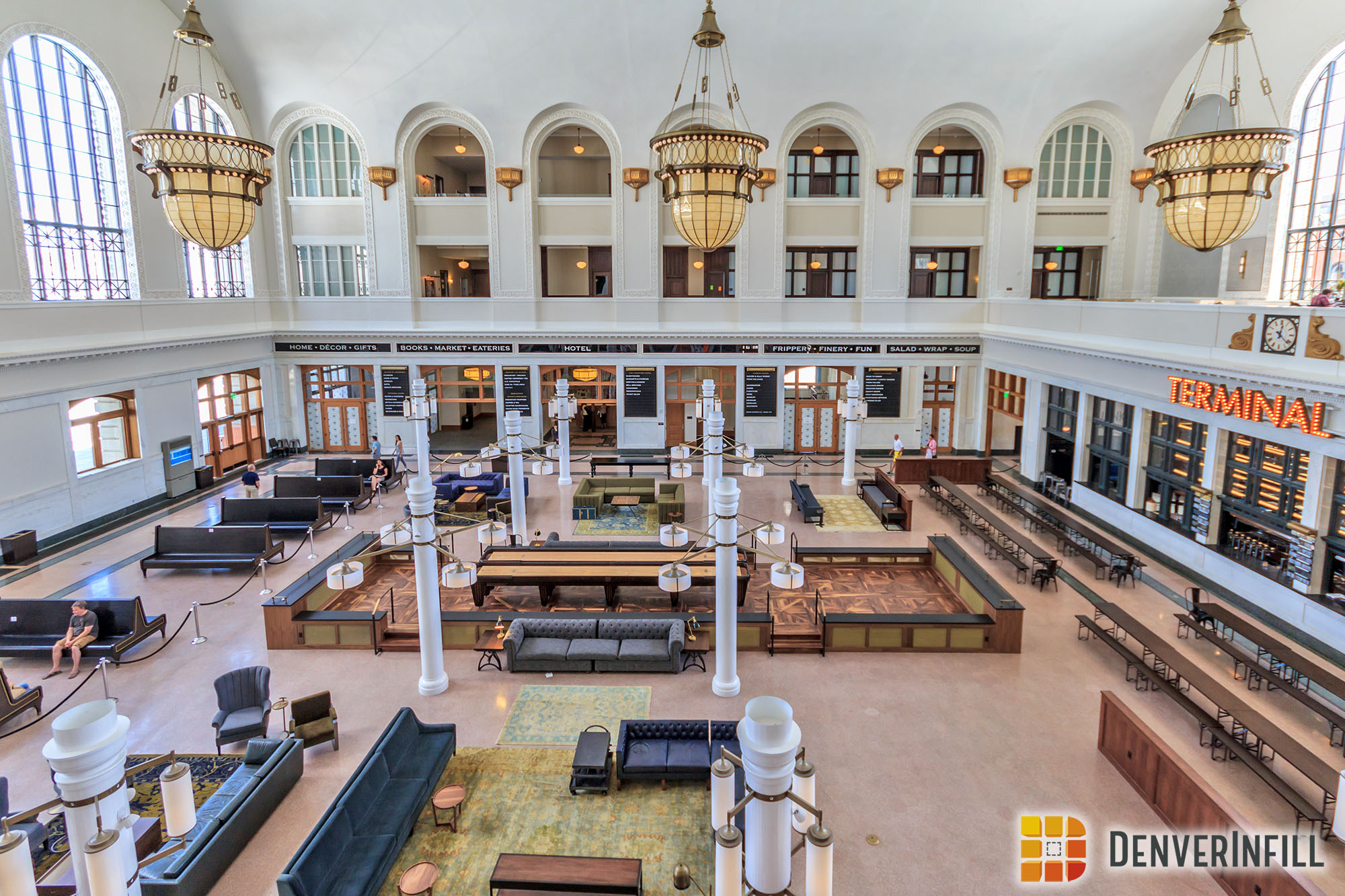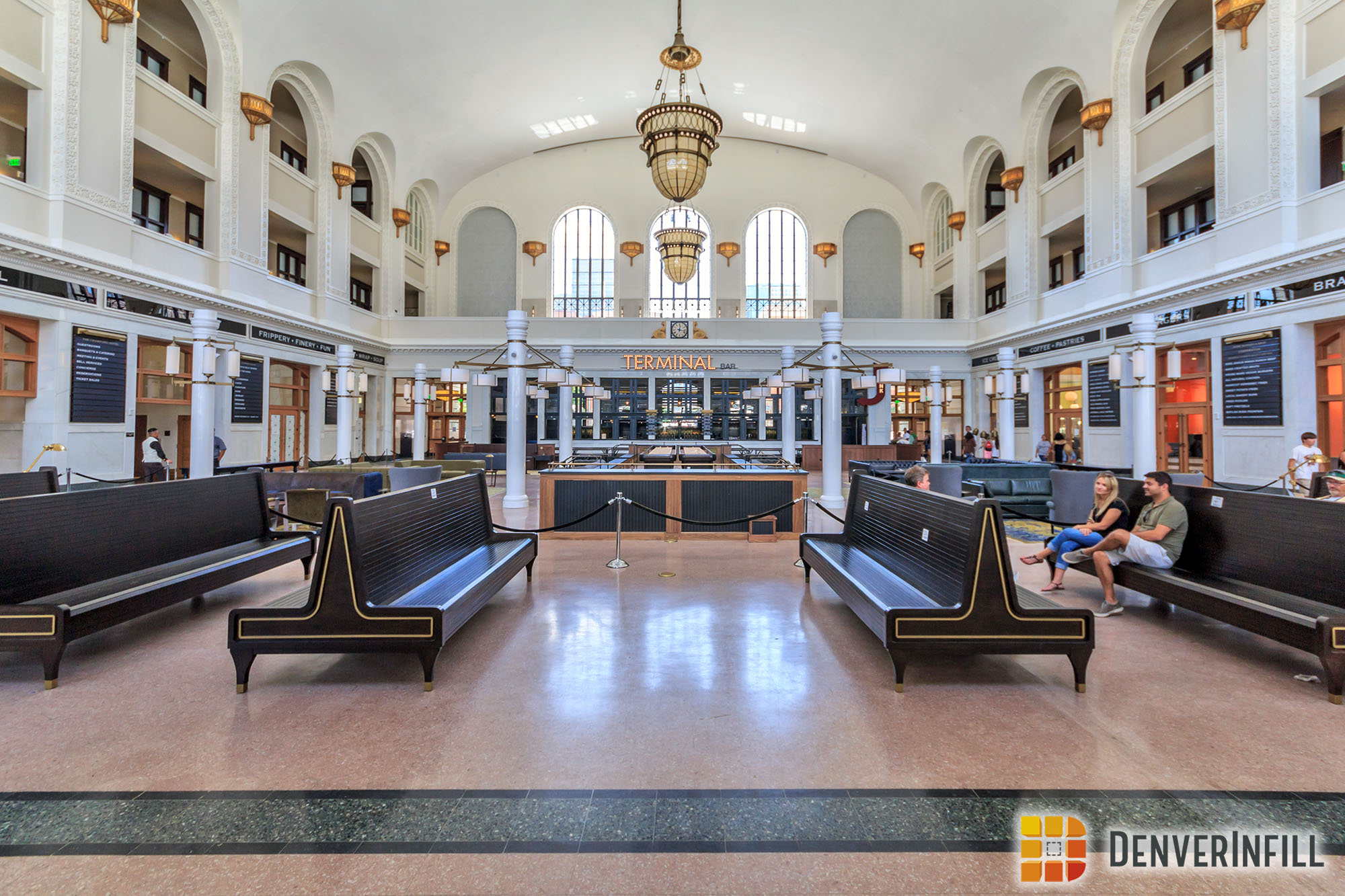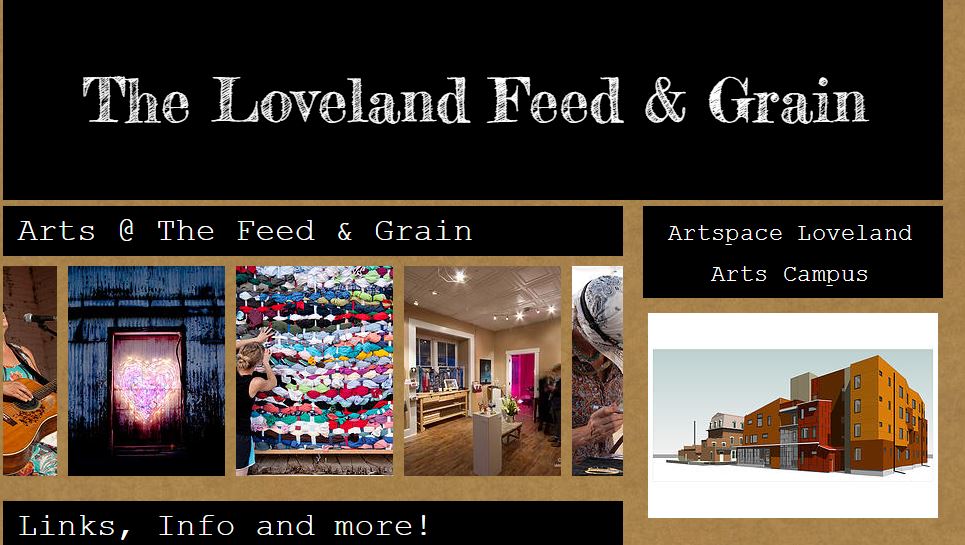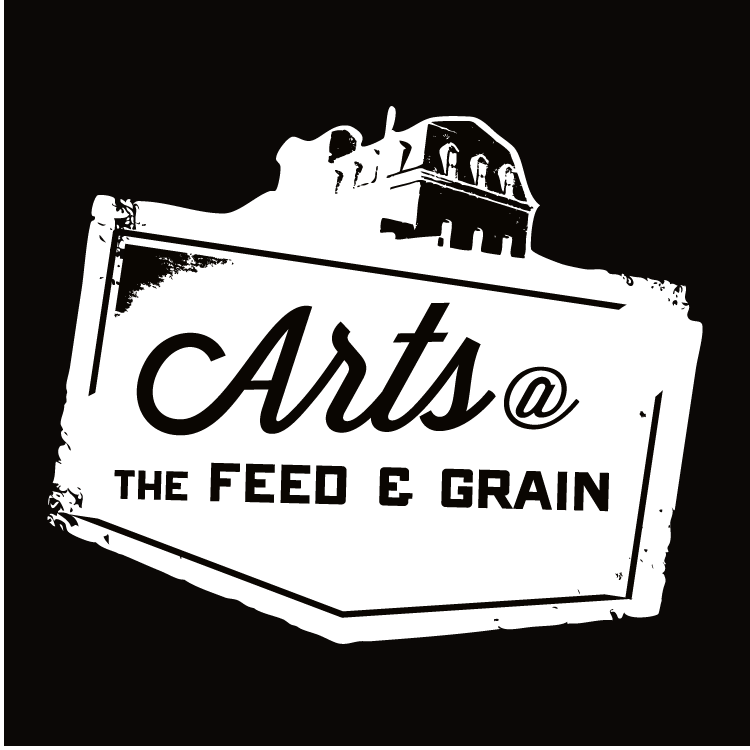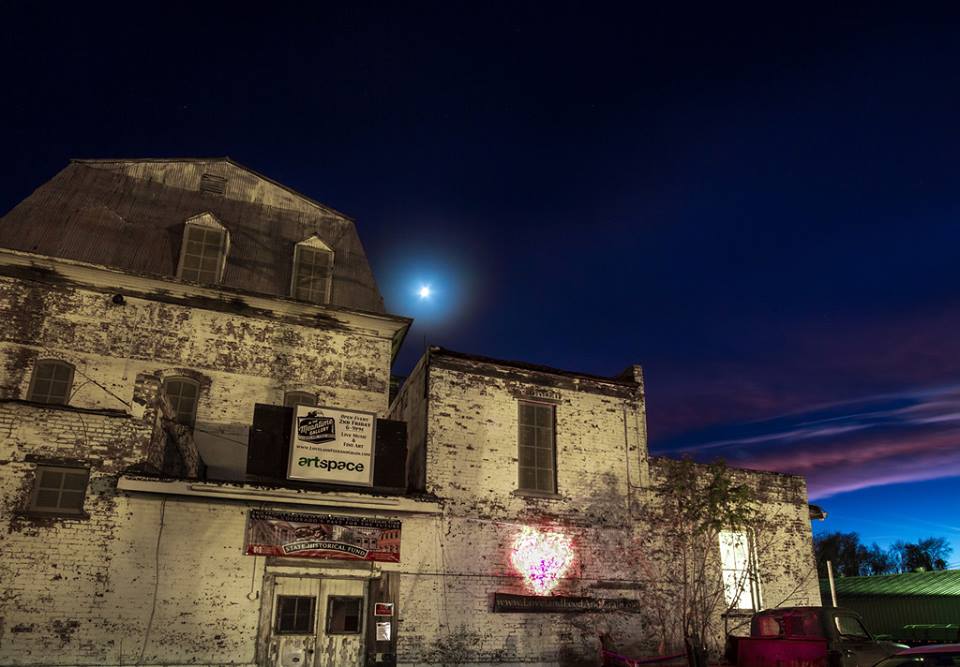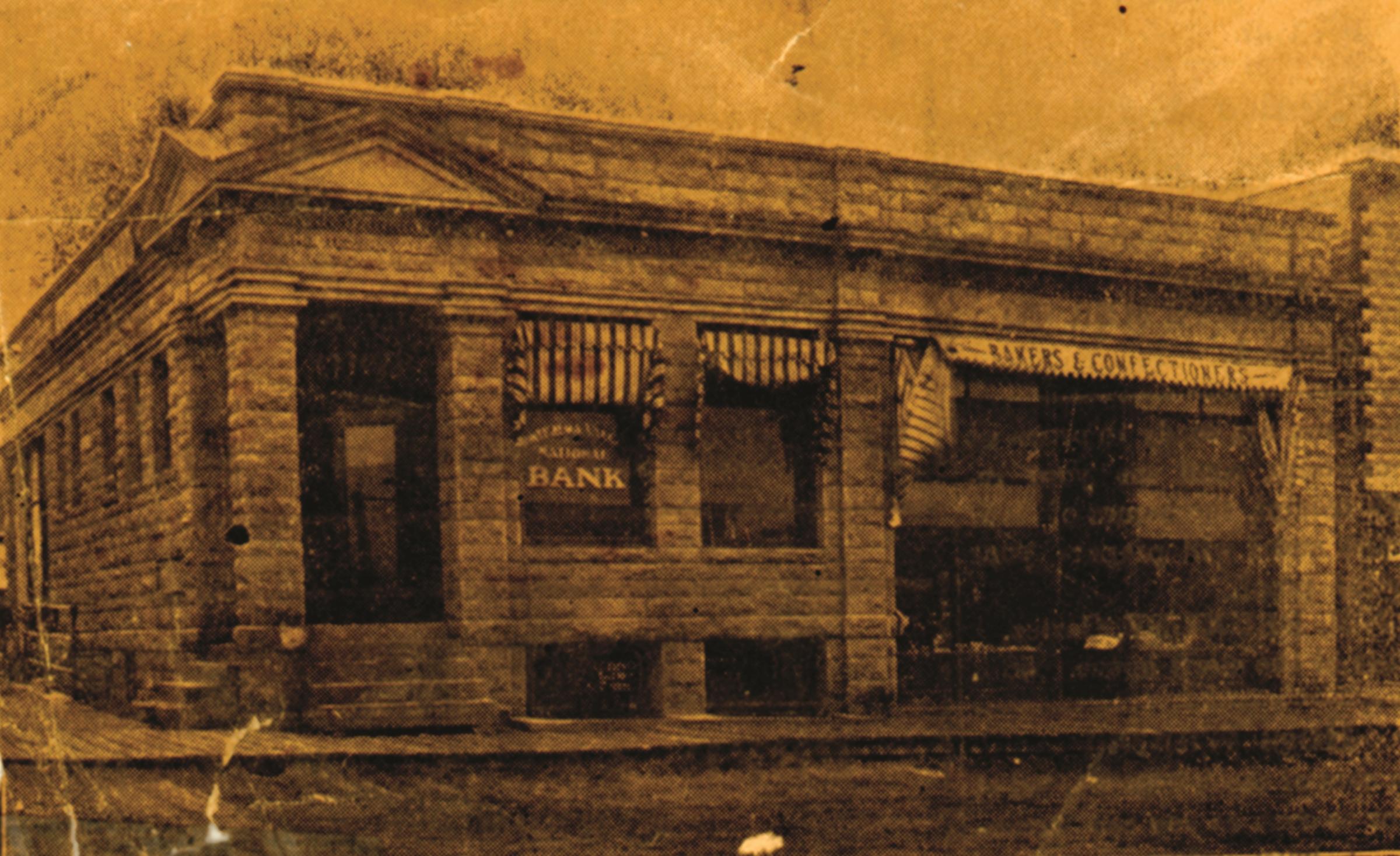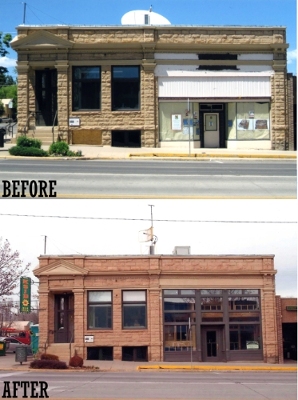Colorado Preservation, Inc. frequently receives requests for information on creative reuse and preservation projects throughout the state. The following projects are a sampling of what can be done with the right partners, funding, and vision.
Do you know of a creative preservation project in your community? We would love to hear about it! Send information to Jennifer Orrigo Charles at [email protected]
The Projects
-
Denver: The Source – Warehouse turned artisan food market
-
Colorado Springs: Ivywild – School turned community market
-
Denver: Metlo – Motel turned office complex
-
South Park: Buffalo Peaks Ranch – Ranch turned research center
-
Salida: Steamplant Event Center – Electric station turned event center
-
Durango: Powerhouse Science Center – Powerplant turned discovery center
-
Denver: Union Station – Railroad station turned transportation center/hotel/marketplace
-
Loveland: Feed & Grain – Mill building turned Artspace Campus art center/studios
-
Cortez: Community Radio Project – Bank building turned radio station
Denver: The Source – Artisan Food Market
The Source melds the preservationist’s eye with the vision of a dedicated developer willing to bet on the marriage of a run-down, circa 1884 iron foundry to a vibrant European-style marketplace. Located in the Brighton Boulevard corridor, better known for its gritty landscape of old factories and warehouses, The Source is bringing renewed life to Denver’s River North, or “RiNo” area. Developer Mickey Zeppelin, along with his son, Kyle, is a member of the small but growing band of visionaries who believe equally in RiNo’s potential for building community and the adaptive reuse of Denver’s character-filled old buildings.
Within its 30,000 square feet, The Source is a mass ive culinary community in the spirit of San Francisco’s Ferry Building Marketplace and Seattle’s Pike Place Market. In providing this unique, one-stop destination, the Zeppelins are attracting a new audience to an area once dominated by the remnants of the turn-of-the-century manufacturing boom. Creative rehabilitation of the foundry’s vast space has created a market space where visitors can see their purchases directly from the ‘source’. The building’s natural light and exposed infrastructure honor its origin while the building’s exterior has been left relatively raw, exposing its scars and showcasing some of its graffiti art.
Colorado Springs: IvyWild School – A Community Marketplace
“Historically, when something was American-made, it was recognized for its quality: Concern for our neighbors, pride, and heart went into making it. These notions of community, self-respect, and passion were intertwined with our values which, like the heirlooms we produced, were worth passing down to our children. This is where we need to be.” —Jim Fennell – Build Ivywild Case Study
Originally an elementary school built in 1916, Ivywild School was closed in 2009. It was shortly thereafter that the wheels started turning and the idea to move the 18-year old Bristol Brewery over to the space, along with a bakery, espresso/cocktail bar, delicatessen and office space, started to take shape. It was a unique and bold proposition that would take years of planning and a lot of great minds to achieve but it was just what the neighborhood needed.
The concept behind creating this multi-use district combines the idea of linking commerce and community from Joe Coleman and Mike Bristol with a vision of building sustainable facilities, neighborhoods, and communities from local architect Jim Fennell. After winning support from neighbors and community leaders, the group purchased the old school building in March 2012.
The thinking was inspired by the idea of strengthening the neighborhood’s identity by restoring its historic centerpiece. But more importantly, it was an alignment of beliefs in which they all stood behind – the common good of a community, local business and the environment. By bringing together like-minded people and businesses, sharing byproducts and eliminating waste, they were attempting to do something that had never been done before in the heart of a Colorado Springs’ neighborhood. – Ivywild Website
Denver: Broadway Plaza Motel – Metlo Offices
The Broadway Plaza Motel is now The Metlo, a simple rearrangement of letters that honor its past while placing it right on trend with the micro-business revolution redefining entrepreneurship in metropolitan areas. The Metlo has 22 offices suites on the market, small at 250 square feet. One of the city’s most visible examples of mid-century modern architecture transformed into a set of simple, chic office spaces in Denver’s Golden Triangle District. Developer Jon C. Cook and his team did what they could to preserve the sleek lines of the 1957 original, a classic of roadside design with streamlined details, a flat roof and exterior walkways and staircases.
“We didn’t change anything in this structure,” said Cook. “Everything was already here hidden under the crud.”
They did update the building, ripping out the courtyard walls and replacing them with floor-to-ceiling windows. They removed the carpeting — sometimes layers of it — and finished off the exposed-concrete floors. They replaced the wooden panels along the railing with steel cable and painted the remainder a smoky gray and lime green.
5/10/2014 Denver Post article “No-tell motel” no more; Classic ’57 Broadway spot now creative hub by Ray Mark Rinaldi
South Park: Buffalo Peaks Ranch – Rocky Mountain Land Library
South Park’s Buffalo Peaks Ranch will offer a 32,000+ natural history library, along with residential living quarters for anyone who would like to experience the quiet and inspiration of a book-lined historic ranch, set on the banks of the South Platte River, and surrounded on all sides by a high mountain landscape, with some peaks rising to over 14,000 feet.
The Rocky Mountain Land Library has been called one of Colorado’s most treasured collections of books…and its new home at Buffalo Peaks Ranch couldn’t be more fitting. According to the Los Angeles Times, Buffalo Peaks Ranch is a beautiful spot of land, and the perfect home for a library dedicated to the conservation and appreciation of the land. — Huffington Post, March 9, 2012
Salida: Salida Edison Electric – Steamplant Event Center
This steam power plant was built in Salida, Colorado, by Salida Edison Electric Light Co. The oldest part of the current building dates to 1887 and Salida’s first public lights were illuminated on 7 Dec 1887, just five years after Thomas Alva Edison installed the Pearl Street power plant in New York City.
The Salida steam plant was operated only intermittently starting around 1931, reactivated in 1948, place on standby in 1958, and retired in 1963, after which the structure was used for storage. In 1987, the building was purchased for $35,000 by Salida Enterprise for Economic Development, which then deeded the property to the city. In 1989, the facility was converted into a theater venue known as the Steam Plant Theater and, in 1995, the outdoor Sculpture Garden opened on the grounds. The SteamPlant is now expanded into a complex including a conference center.
Durango: Power Plant – Powerhouse Science Center
Denver: Union Station – Crawford Hotel
Loveland: Loveland Feed & Grain – Artspace Loveland Art Campus
“In Loveland, Colorado at the future site of the Artspace Loveland Art Campus, the community, led by tireless activists Felicia Harmon and Megan Tracy, began actively creating art events well before we began construction in February. Arts @ the Loveland Feed & Grain holds two annual events, the Sculpture Games and the Love + Light Exhibition, which draw several thousand visitors each year. In June, Arts @ the Loveland Feed and Grain, an Our Town funded project, hosted The Cornerstone Awards, honoring founding members of the local arts community who have been instrumental in laying the groundwork for the arts in Loveland. Loveland and the Feed & Grain are highly active communities, and Artspace is proud to be a part of the creative energy that flows in Loveland.” – Artspace Website, The Power to Change Our Communities
Cortez: Montezuma Valley Bank Building – Community Radio Project
Completed in 1909 and currently one of two in Cortez listed on the National Register of Historic Places, this landmark downtown building continued to have banks as its owners or tenants until 1999. Over the years the building housed various businesses including Moffi t Drugs and Wheeler’s Meat Market. From 1999 until radio station KSJD/Cornerstone became involved, the future of the building was in constant doubt. Once the building was purchased by Community Radio Project, careful planning began to provide for the needs of a modern radio station while preserving the character of the historic bank.

